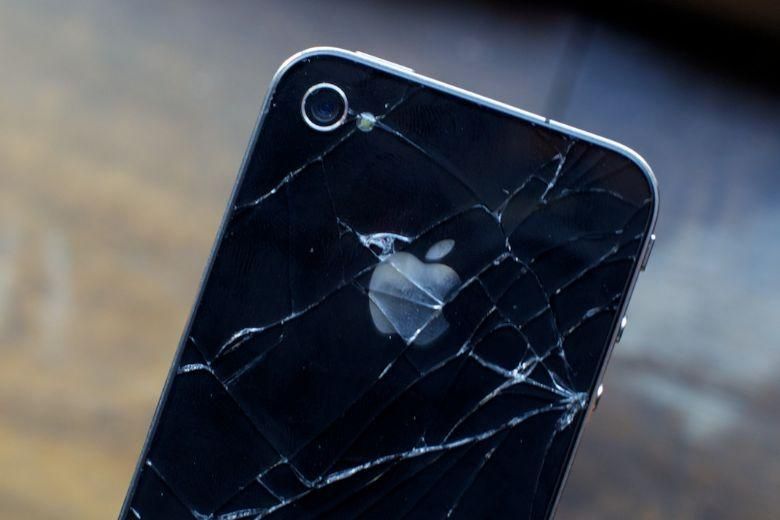Considering how much money we put into our phones, and just how reliant we are on them, we always want to be careful with our handsets and do all we can to keep them in tip-top condition for as long as possible. Why is it, then, that some manufacturers seem intent on taking steps to make that even more difficult than it needs to be?
I'm talking about glass-backed phones, and the slippy, scratch-prone, liable-to-shatter future they spell for any handset that finds itself constructed in such a manner. With the Nexus 4 now the new hottness that it is, plenty of new users are being exposed to this kind of design. Considering all the complaints the glass is getting, I've got to wonder: why the heck are we still seeing phones like this?
Let's start with the positives. After all, I've got to believe that phone manufacturers aren't simply messing with us, and there's a good reason for giving a smartphone a glass back. For one, even though glass is far from scratch-proof, it can offer significant scratch resistance when compared to cheaper plastic backs. Then there's the "premium" issue, and even though products made of glass can be fragile, they're often seen as being higher-quality or more luxurious than those constructed of plastic. Actually, that inherent fragility might actually add to to the desirability of glass, making it seem like something worth protecting.
We're not just getting getting some cheapo soda-lime glass, either. Manufacturers seem well aware of the risks glass poses, and make a point to employ specially formulated glass that's supposed to offer a measure of additional resistance to damage.
If that was the whole story, I'd be proclaiming "glass-backed phones for everyone!" from the hilltops, but it's not, so I can't.
As our Joe Levi pointed out in today's story about the Nexus 4's build quality, glass backs can be slippier than a greased-up hog. That's not going to do anyone any favors, and really just opens the phone up to an increased risk of damage. While it may not slip out of your hand outright, leave the Nexus 4 on any sort of an incline, and the next time an alert starts the phone vibrating, it could be on a one-way-trip to the hard floor below. When you combine a glass back with a curved back, the decreased contact area only magnifies the problem.
Glass has one of the worst failure modes around. When you mar the finish of a plastic or metal phone, that damage is limited to the area where it actually occurred. Sure, it's not going to look quite the same afterwords, but at least one scuffed corner doesn't make the rest of the phone look any worse. With glass, it's like setting off a chain reaction, and one tiny point-contact incident can send a spiderweb of cracks across the entire glass sheet.
Those risks aren't just confined to impact events, either. Get part of a glass back too hot, too fast, or even cool it down too quickly and unevenly, and you could be looking at a shattered back just as easily as if you dropped your phone.
I think part of why this all bothers me so much is because it suggests that manufacturers want us to see our phones as disposable. That is, make it look all shiny and nice fresh out of the box, but put less concern than I'd like to see in constructing a device that's going to hold up to years of use. That sells more extended warranties, more phone insurance plans, and more replacement handsets. What's worse, it can feel like any damage is our own fault, whether due to not using a case or just full-on dropping the phone; shouldn't we instead be questioning why manufacturers are using materials that just seem so fantastically ill-equipped for use in hand-held electronics?
Cases aren't the answer; they just make it easier to avoid the problem. Maybe science will come to our aid, with Gorilla Glass 3 or 4 delivering glass resilient enough to overcome its flaws. Maybe we'll move away from glass entirely, and transparent ceramics will become cheap enough to produce someday that they'll be replacing glass in hundreds of applications.
For now, though, I just can't see all the problems with glass outweighing its limited benefits. It's risky enough having all that exposed glass around front; there's no reason to press our luck by making a phone's back just as vulnerable.


